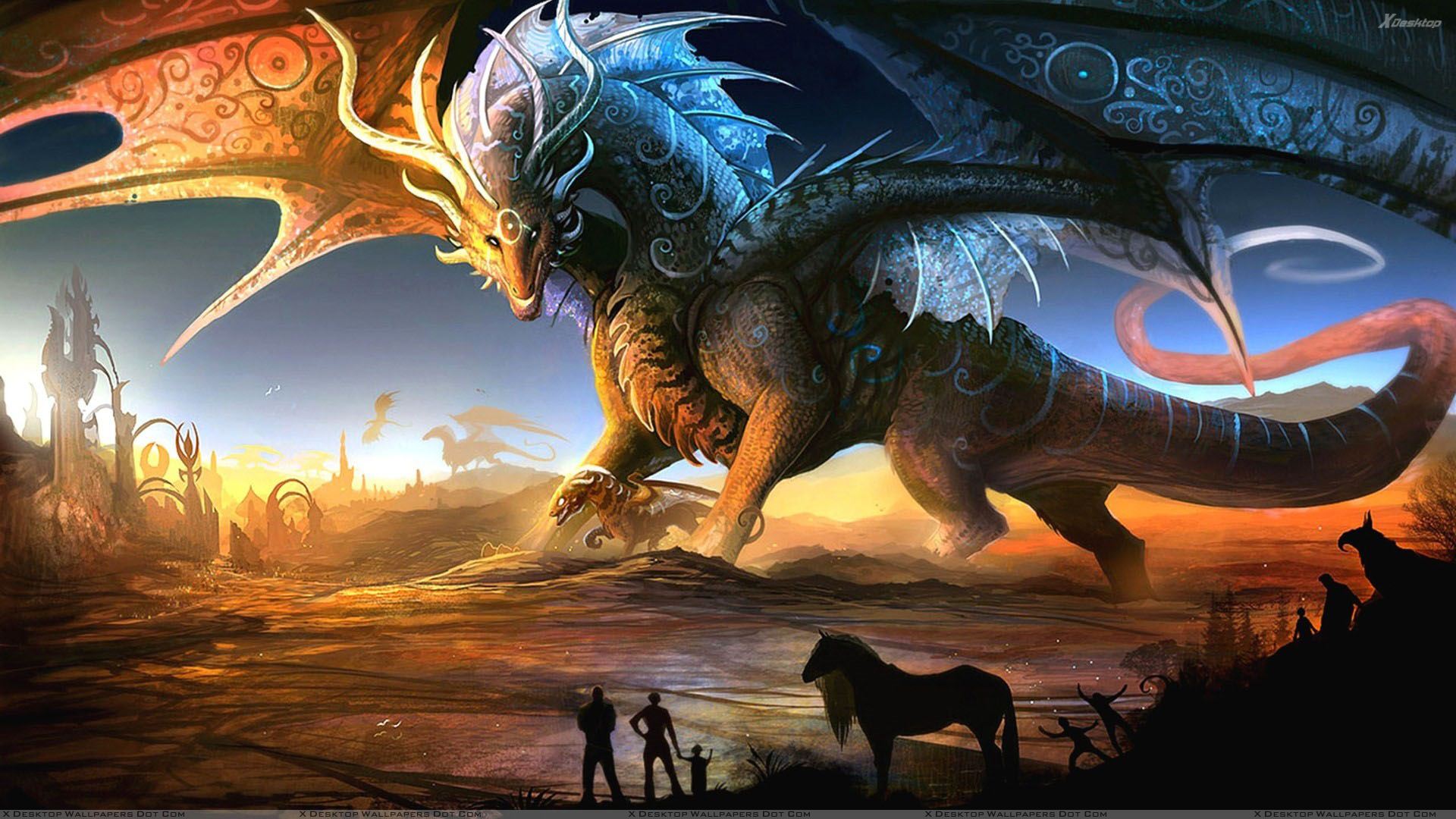The prompt word for today is fateplay. I have no idea what this is. I googled it and it appears to the be the name of someones youtube channel, one that I have no interest in. If it relates to the fate game then I also have no interest.
There are a set of fate solo rules but I guess if you were interested then you probably already have them.
Today I am going to just talk about characters that are fated. Some seer has told you that you are fated to confront the ancient dragon Sárkány. Traditionally this gives the DM/GM a bit of a problem. If they are fated to confront Sárkány are they ‘plot armoured’ against every other threat on the planet because fate will not be denied? I have played with a GM many years ago that literally did that. He would fix dice rolls and change foes stats to guarantee that the outcome he wanted came about. If you did die, you had one hit point left and rather than retreat you threw yourself on another seventy five orcs to save the party, then he would find a way to bring you back. We were basically invulnerable right up to the climatic battle.
It is possible that the Seer got it wrong or you are the third person that week he has been giving the same prophesy to. Rather like a newspaper horoscope where one in 12 of the entire world’s population is going to find a new love today or put off making financial decisions just because they were born in July.
Solo play can get around plot armour. You create the prophecy, create the character, play out the final battle. It doesn’t need to even be a battle. The seer only said confront, not fight or defeat, so you could start with a verbal confrontation and then take your story from there. If you do want to fight an ancient dragon but it isn’t going well, it rarely does, you can break out and play flashbacks. We can easily start a fight, hop about in the timeline, have amazing adventures and finish the fight some hours later of continuous play.
While we are thinking about fates, let us talk about story cubes and game icons. The mysterious seer casts his runes and reads the results.
What he came up with was…


So what does that mean to you?
I am extremely tempted to create a character with a two icon ‘fate’ and then play him until I find out what the fate meant. Now that I could see as an interesting solo game. What do the icons mean? Will I recognise the characters fate when I see it. Will knowing the icons make me interpret oracle questions differently to bring this fate about? This one idea here is that I now think of a Fateplay,
That other FATE
There are a great many FATE players and GMs. There is also an existing FATE Solo engine by Cabbage Games. The problem is that the author seems to have walked away in January 2017 and the product was never finished. The reviews are typically 1*. It was really written for experienced solo players and just translated the Mythic oracle to FATE with little or no support.
When I write my system specific solo booklets I work on the principle that I an trying to entice players who have never played before to try solo gaming. The solo rules take up two or three pages and the supporting material and examples take up the other 15 pages typically.
I have worried about this on and off for six months or more. The rules that are out there are creating a negative impression and are not helping spread solo play as a viable hobby branch. On the other hand if I devote some time to learning how to play FATE and create some solo rules that target new players is that not stomping all over Cabbage Games’s territory?
